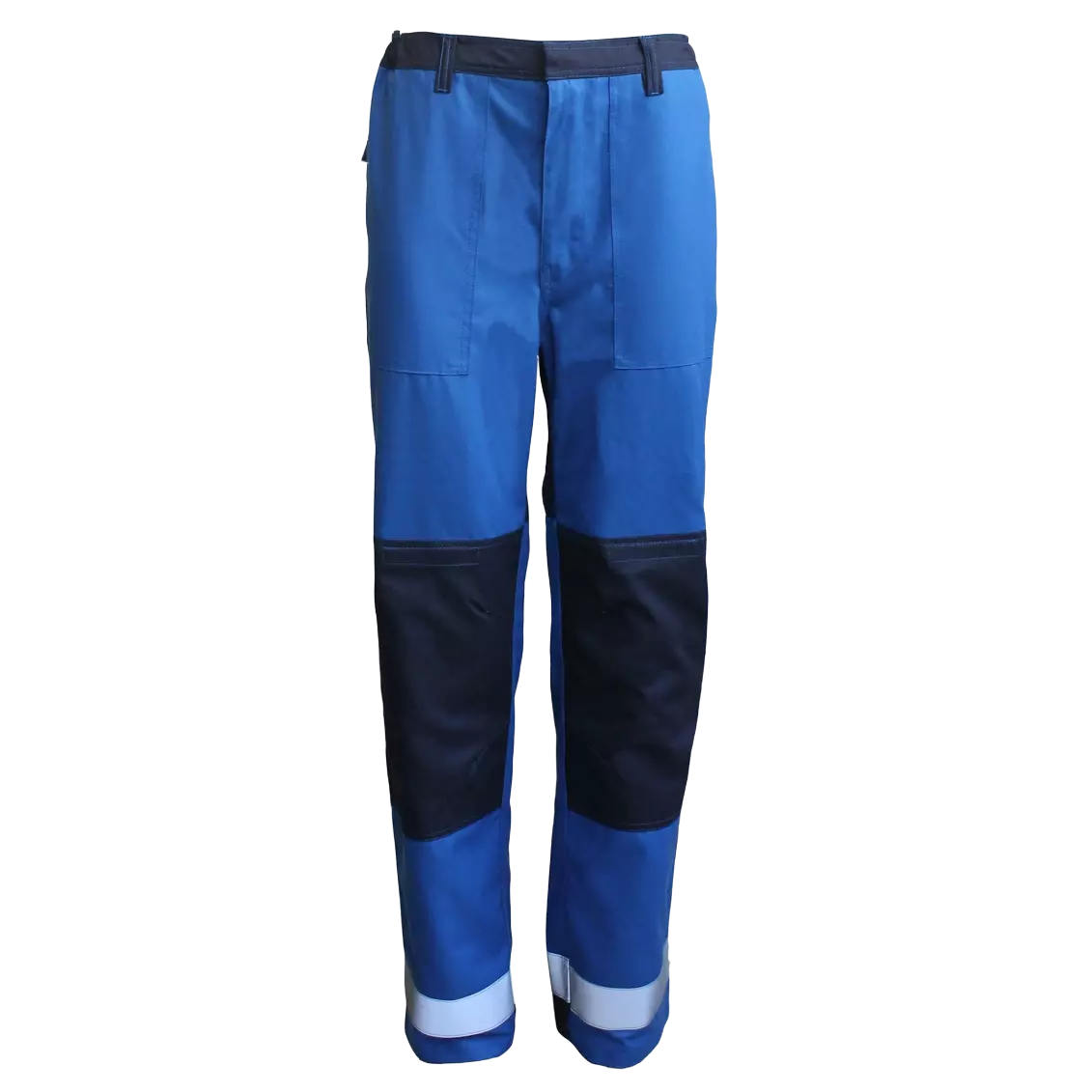
Product description
Material: TenCate Tecasafe ™ XL9240, inherent FR fabric of 51% PPAN-FR, 43% Liocel cellulose fiber, 5% para-aramid fiber and 1% carbon fiber (240 g/m2). Ensures excellent fire resistance, durability and comfort. Special Liocel cellulose fiber provides excellent moisture and air conditioning control.
Maintenance: industrial laundering 75 ° C
Closes with one-way hidden zipper. Double seams, two side sewn pockets, rear flap pocket and tool pocket. There are reinforcements on the knees.
Color: delftblue
Size: S-XXL
Standard: EN ISO 11612, EN11611, EN1149
Barcode: 0
Unite of measure: pcs
Packaging/minimum order quantity: 1
Full box quantity: 10
About Standard Work Pants
Standard Work Pants offer the essential durability and functionality needed for everyday job site demands. With practical pockets and sturdy construction, these versatile pants provide reliable protection and comfort across construction, manufacturing, and trade professions. A workwear staple built for daily performance.
- High Visibility
Standards and labels
Lacuna delivery terms
Free delivery for all Lacuna products
Lacuna
TOBA Protective Work Trousers delftblue
TOBA Protective Work Trousers delftblue
4.5 / 5
960,71 kr
Choose size
Free delivery